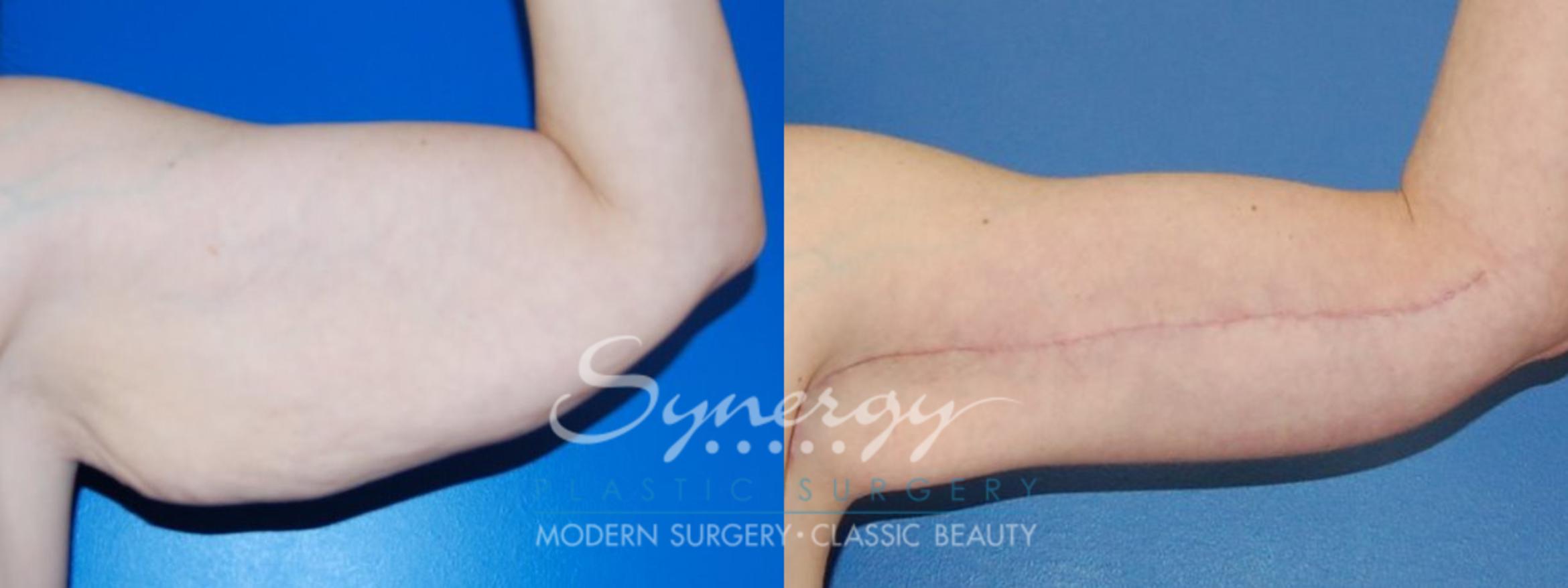
For men and women who wish to change their sexual orientation, gender affirming surgery can be done. It is a procedure to alter the penis or skin color of a male, female, or vice versa. Some procedures include a hysterectomy or orchiectomy. Some procedures include the inversion or removal of the skin.
Hysterectomy
Hysterectomy, also known as gender affirming or gender-affirming surgery, involves the surgical transformation of a male from a feminine to a masculine. Around 0.4% are transgender. This condition can cause gender dysphoria symptoms like emotional and physical pain. Surgery is an option for transgender men. Medical management is the most common treatment. Some common surgical procedures for transgender men include hysterectomy and bilateral salpingo-oophorectomy. According to the American College of Surgeons National Surgical Quality Improvement databases, only 3.3% of transgender patients had hysterectomy performed for a change of gender.
Hysterectomy to confirm gender is a relatively new procedure that is constantly evolving. A hysterectomy for gender affirmation has traditionally been performed for medical reasons. In some cases, coexisting symptoms such as gender dysphoria or pathological reasons have also led to hysterectomy. In recent years insurance providers have started to cover this procedure.

Orchiectomy
One of the first steps in a transgender person's transition is orchiectomy (or testicular removal). It reduces the testosterone level and eliminates the testicles. This surgery can reduce the risk of blood clots and simplify the patient's hormone regime.
It is possible to perform the procedure on an outpatient basis. The recovery time depends on the surgeon and the technique used. It can take anywhere from two to eight weeks. It is possible to be covered by Medicare or private medical insurance.
Inversion of skin and penis
Inversion of skin or penis is a popular method of transvaginal reconstruction. It is the best option for transgender women. It involves placing the penis inverted in a vagina to create the look of a woman's natural vagina. It takes approximately three to five hours, and can take several days for recovery. A special dressing is applied to the vagina following surgery to keep the skin in its new place.
During the procedure, a standard protocol will be followed. The doctor will explain aftercare instructions to the patient. The medical team will provide a kit for you to use at home for follow-up dilations. You will also get follow-up emails from your surgeon and appointments to follow up with them.

Recovery time
Post-surgery recovery plays an important role in gender-affirming surgery. This involves changing a male penis into a female penis. Depending on which type of surgery was done, the recovery period can take between four and eight weeks. A mastectomy is the most popular surgery, but you can also have a vaginoplasty or breast augmentation. Both procedures take at most one week to complete, but may require up to five or six additional weeks of rest.
Gender-affirming surgeries aim to lower testosterone levels in the body. The procedure can eliminate the need for hormone-suppressive medications and estrogen therapy. It can preserve the ability to have children naturally. It is possible to have gender affirming surgery, male or female, within a short time frame. This depends on the nature of the procedure and the patient.